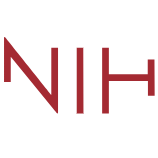The Norwegian School of Sport Sciences (NIH) is the only higher education institution in Norway that specializes in sports science research and education. Here are some key facts about the Norwegian School of Sport Sciences:
Overview
Founded: 1870 (predecessor to the gymnastics teacher training school in 1870)
Institutional nature: Public
Main campus location:
Oslo, Main Campus
History
NIH's history dates back to 1870, when it was established as a gymnastics teacher training school.
In 1946, the school was renamed the Norwegian Sports Teacher Training School (Norges Idrettslærerhøgskole).
In 1992, the school officially became the Norwegian School of Sport Sciences (Norges idrettshøgskole, NIH).
School Strength
NIH has about 1,600 students and about 300 faculty and staff.
It offers undergraduate, master's and doctoral programs covering a wide range of subject areas.
It enjoys an international reputation in the fields of sports science, sports medicine, sports education, sports psychology, etc.
The school cooperates with many international sports organizations, research institutions and enterprises to provide students with internship and employment opportunities.
Educational philosophy
Emphasizes the combination of theory and practice, and encourages students to develop skills through practical projects and case studies.
Focus on interdisciplinary cooperation, especially collaboration between different majors.
Attach importance to international education, recruit international students, and provide courses taught in English.
Committed to cultivating sports scientists and professionals with high-level professional knowledge and practical experience.
Subject settings
Undergraduate courses (Bachelor's degrees):
Sports science
Sports education
Sports performance
Sports management
Master's degrees:
Sports science
Sports education
Sports medicine
Sports psychology
Sports management
and other related fields of master's programs
Doctoral programs (PhD programs):
Sports science
Sports education
Sports medicine
Sports psychology
and other related fields of doctoral programs
English-taught courses:
Most master's and doctoral programs are taught in English to attract international students.
Professional direction
Sports science: covers sports physiology, biomechanics, sports nutrition, etc.
Physical education: involves sports teaching methods, sports activities for children and youth, sports policies, etc.
Sports performance: focuses on athlete training, competition strategies, sports technical analysis, etc.
Sports medicine: includes sports injury prevention and treatment, sports rehabilitation, sports health promotion, etc.
Sports psychology: explores the psychological state, motivation, stress management, etc. of athletes.
Sports management: involves sports organization management, event planning, sports marketing, etc.
Campus
Oslo Campus:
Located in the Sognsvann area on the outskirts of Oslo, with convenient transportation.
The campus has modern teaching facilities, laboratories, sports fields and libraries.
Most of the education and research activities are concentrated here.
International cooperation
NIH actively participates in international exchange programs and has established cooperative relations with many higher education institutions around the world.
Provide exchange student programs to promote students' international vision and cultural exchanges.
As a member of the European Society of Sports Sciences (ECSS) and other international organizations, NIH plays an important role in international sports science education and research.
Fees
For students from the EU/EEA, NIH is usually free, but a small registration fee is required.
For international students from non-EU/EEA countries, tuition fees vary depending on the major, generally between 6,000 and 14,000 euros per year. The specific fees should be consulted directly with the school or visit its official website for the latest information.
In terms of living costs, the cost of living in Oslo is relatively high, but you still need to consider the costs of accommodation, food and personal expenses.
Application requirements
Applicants usually need to have a high school diploma or equivalent.
For master's and doctoral programs, a bachelor's degree in a related field is usually required.
You need to pass an entrance exam or interview to demonstrate your interest in the chosen major and your ability to work in a related career.
The English proficiency requirement is usually B2 level (according to the Common European Framework of Reference for Languages CEFR), and some majors may require higher levels.
-
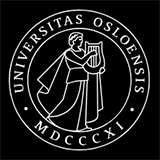
University of Oslo
-

OsloMet - Oslo Metropolitan University
-
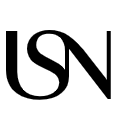
University of South-Eastern Norway
-

Nord University
-
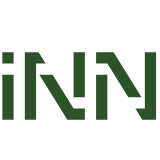
University of Inland Norway
-
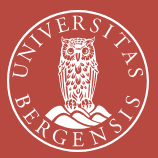
University of Bergen
-
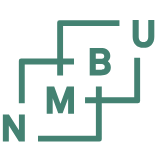
Norwegian University of Life Sciences
-

University of Stavanger
-

University of Agder
-

Norwegian University of Science and Technology
-

Mesoamerican University
-

Istmo University
-

Mariano Galvez University of Guatemala
-

Regional University of Guatemala
-

Galileo University
-

Francisco Marroquín University
-

Rafael Landívar University
-

University of the Valley of Guatemala
-

University of San Carlos of Guatemala
-

Technological Institute of Tlaxcala Plateau
-

Golfo University
-

Technological University of South Sonora
-

Technological University of Huejotzingo
-

Tizimín Institute of Technology
-

Chilpancingo Institute of Technology

